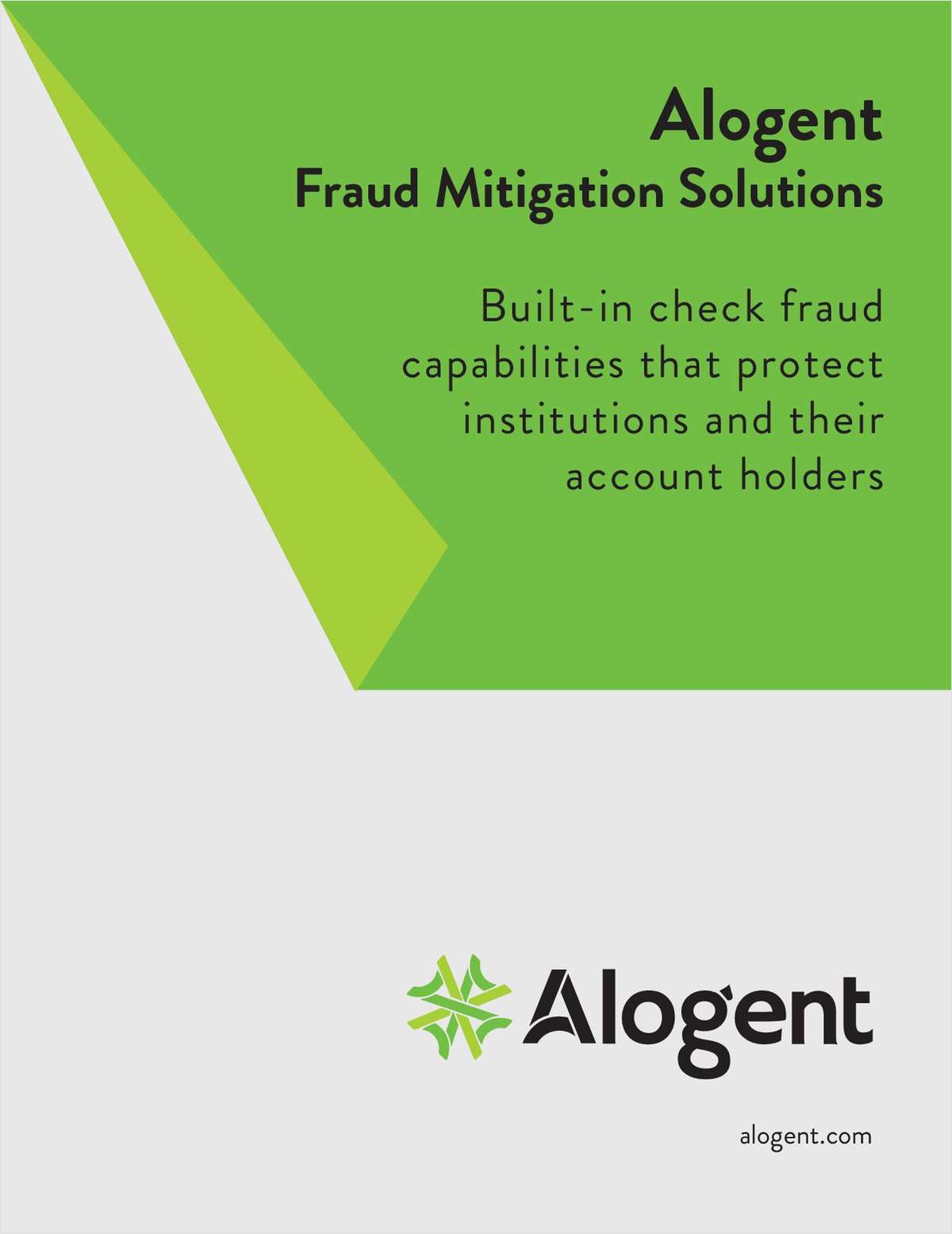It's only fitting for CU Times' “Disruptive Innovation” issue that we underscore the importance of what we call “market invention.” That is, in order for credit unions to truly move ahead, they must move apart from their competition by defining new strategies and business models. Market invention is not a radical new concept in the credit union industry, but rather it's how the credit union movement began.
In the mid-19th century, Herman Schulze-Delitzsch and Friedrich Raiffeisen saw a problem with the banking industry in Germany. They wanted a more democratic structure that was member owned – not just profit based. With this new model in mind, they invented a completely new market for banking, which would eventually become the modern-day credit union. The credit union cooperative approach to banking was one of the biggest market inventions in its day. More than 150 years later, it is crucial for credit unions to continue to invent new markets to support their members, stay relevant in the 21st century, and compete with community and national banks.
In 2018, market invention continues for credit unions with the following five related trends:
1. Cannabis
Twenty-nine states and counting have legalized marijuana for medical and/or recreational use and according to Forbes, the U.S. cannabis industry will surpass $24 billion dollars by 2020. With that much cash and no place to store it because of federal laws, a colossal opportunity arises for credit unions. Many credit unions are cautious because of the regulations and guidance from the NCUA and NAFCU. Member perception can also cause concern. However, a recent Oregon-based study by LT Public Relations (now Merit) revealed that 87% of respondents would have a neutral or positive perception of credit unions that work with the cannabis industry. Some credit unions in Washington, Colorado, Oregon and Maryland have weighed the risk against the opportunity to serve members in the cannabis industry and have already made the commitment to support this nascent market. Currently, the leading credit unions are Bulldog Federal Credit Union, Partner Colorado Credit Union, Salal Credit Union, Maps Credit Union and Fourth Corner Credit Union.
2. Member-to-Member Lending
Person-to-person payments are growing and promptly becoming a service consumers look for as a base-level perk of their bank or credit union of choice. Member-to-member lending is the next step in the evolution of our crowdfunded financial landscape. The member-to-member lending opportunity for credit unions follows what leading peer-to-peer lending websites such as Lending Club are doing. Because credit unions are member-based, one could argue that credit unions were founded on member-to-member lending and are naturally suited to support this movement. Digital technology has made it even easier for members to lend to other members. The encouraging news is that there are no current market inventors in member-to-member lending and whoever is able to capitalize first will be a true market inventor.
3. The Evolution of Branchless Banking
Apple Pay, Samsung Pay, Visa Checkout and millennials are all driving credit unions to reconsider branches. Will branches be valued or relevant in this burgeoning digital generation? Although not new, branchless banking offers two primary advantages for credit unions in the coming years. First, it continues to reduce operating costs associated with managing a brick-and-mortar location. Second, it allows credit unions to reinvest budget and focus their attention on how the millennial generation wants to work with their financial institutions digitally. Arguably the biggest risk for credit unions going all-in with branchless banking is losing the personal connection with its members. Red Rocks Credit Union in Littleton, Colo., is a relevant example of an inventor of the branchless banking market that is also staying astute to its members' changing needs. 4. Philanthropic Unions

Connecting a group of people through a unified cause, organization and/or philosophy is something that can make credit unions very competitive and market innovators. Merit research shows that 80% of millennials believe a brand's philanthropic efforts are important when making a purchase decision. Today there is a real opportunity for credit unions to bring together a group of members around a shared cause. As evidenced by CU Times in 2016, a concerted effort continues in the state of Washington to form an equality credit union to support LGBTQ rights. Another example is the Portland, Ore.-based PointWest Credit Union that proudly serves the underserved, the undocumented and immigrants in its community and emphatically claims, “Financial equity is not for a select few. We welcome all people, especially those who have been turned down elsewhere.”
5. Retail Integration
Credit unions are noticeably balancing mobile and online banking growth with the decline in the number of members visiting brick-and-mortar locations. One possible solution may be providing more than a banking service at physical locations. Enter retail integration, which combines a credit union and any of its retail-based members under one roof to create a member experience that extends beyond banking. Similar to the college student union, a hip lounge like Virgin Money allows a member to bank, drink a beer, buy food, or host a business or community meeting in one of the free conference rooms. The building wouldn't be a credit union; it would be a member community hangout where banking occurs. As Howard Schultz from Starbucks would say, it's the “third place” (with the first place being home and the second place being work).
Historically, and at their core, credit unions are market inventors. With new business leaders like Airbnb, Uber or Venmo popping up every day, credit unions must take notice and evolve their way of doing business. The not-for-profit mantra, free checking and lower rates are no longer enough for credit unions to distinguish themselves. New markets and categories must be explored and invented. It will be fascinating to watch which credit unions reshape the retail and credit union banking landscape. Those who invent new markets will surely survive and thrive.

Adam Vasquez is President/CEO of Merit. He can be contacted at 717-652-0100 or [email protected].
Complete your profile to continue reading and get FREE access to CUTimes.com, part of your ALM digital membership.
Your access to unlimited CUTimes.com content isn’t changing.
Once you are an ALM digital member, you’ll receive:
- Breaking credit union news and analysis, on-site and via our newsletters and custom alerts
- Weekly Shared Accounts podcast featuring exclusive interviews with industry leaders
- Educational webcasts, white papers, and ebooks from industry thought leaders
- Critical coverage of the commercial real estate and financial advisory markets on our other ALM sites, GlobeSt.com and ThinkAdvisor.com
Already have an account? Sign In Now
© 2024 ALM Global, LLC, All Rights Reserved. Request academic re-use from www.copyright.com. All other uses, submit a request to [email protected]. For more information visit Asset & Logo Licensing.









